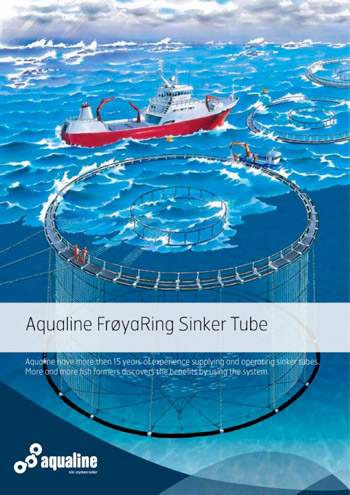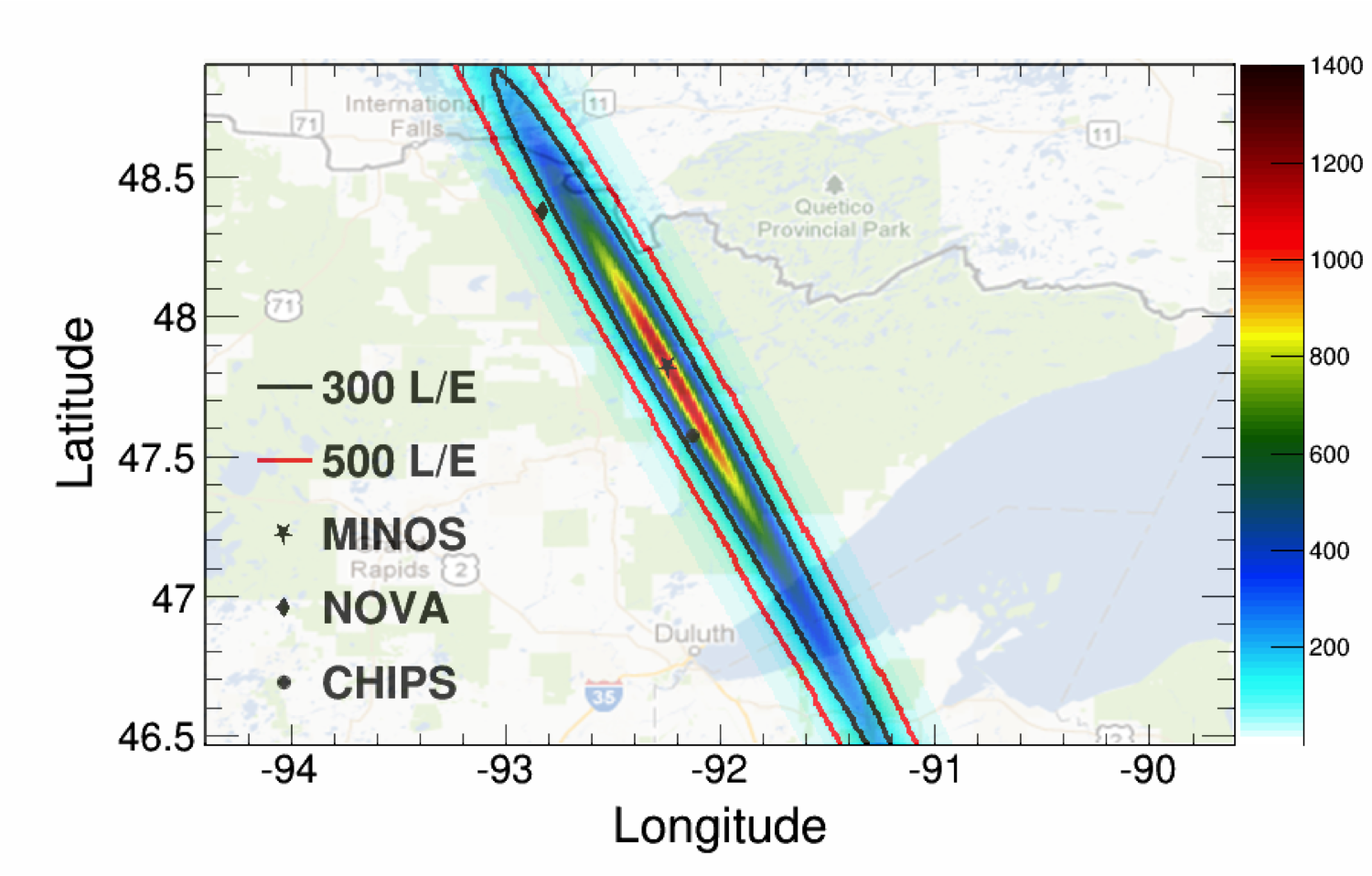Neutrinos

Neutrinos were originally postulated by Pauli in 1930 and have so far taken us on an incredible journey of discovery. They are tiny subatomic particles that carry no electric charge and their properties could be crucial in explaining the matter/anti-matter asymmetry in the universe, and could even be responsible for the dark matter we deduce must be present in and around galaxies.
We want to measure the properties of neutrinos very precisely, but unfortunately they interact very rarely, only via the Standard Model weak force (and gravity). In fact, every second billions of neutrinos pass through our bodies without interacting. There are three known flavours of neutrino, the electron, muon, and tau neutrino, and we know that they oscillate between species as they travel and thus must have mass. Because they are so elusive, physicists need giant detectors to accumulate enough neutrino interactions to make measurements. This means that current neutrino oscillation experiments are very expensive to build as they require both large detector volumes and excellent background rejection to measure things like the neutrino mass hierarchy (which neutrino mass state is the heaviest?) and the Charge-Parity violating phase delta (the last unmeasured parameter in the PMNS neutrino mixing matrix). Those giant detectors are incredibly expensive to build, in the 100s of millions of dollars. The CHIPS experiment however takes a different approach.
The CHIPS Experiment
The CHIPS experiment - CHerenkov detectors In mine PitS - uses a unique concept in neutrino oscillations physics as it aims to build megaton neutrino detectors cheaply and flexibly. The basic concept is to use 25kt detectors submerged in disused mine pits filled with water in the path of a neutrino beam (currently the NuMI beam, but in future the LBNF beam that is in its design/construction phase for the DUNE experiment). Those giant detectors, 30m in diameter and 20m tall, would sit at the bottom of the lakes created by the disused mine pits. This allows the use of simple frames surrounded by light tight liners to give the detectors structural support and remove light from outside getting into the detector volume. The “dead” water of a mine pit means that there won’t be any additional noise or signals disturbing the detector. The several tens of meters water overburden also acts as a cosmic ray shield, reducing the number of cosmic rays reaching the volume of the detector and being able to generate background.
The Cherenkov light created when neutrinos interact in the water volume of the detector is detected by arrays of small 3” PMTs. The use of smaller PMTs allows to better reconstruct neutrino events and thus permits the separation of electron neutrino Charged Current signal events and Neutral Current Pi0 events. The latter constitutes the main background to the crucial electron neutrino appearance measurement (from muon neutrino in the neutrino beam oscillating away into tau and electron neutrinos as they travel).
UCL is heavily involved in the CHIPS experiment, from being instrumental in the initial concept, to working on event simulation and reconstruction, involvement in the design, construction, and deployment of the prototype detector (CHIPS-M). UCL is also involved in testing different types of PMT for use in the final detector and in the design of the PMT planes used under water. Finally, UCL is also involved in the work to measure light attenuation in the filtered water used in the inner detector volume (the inner volume is constantly filtered in order to achieve high purity and gather as much light as possible by the PMTs). For questions about CHIPS please contact Prof. Jenny Thomas.

